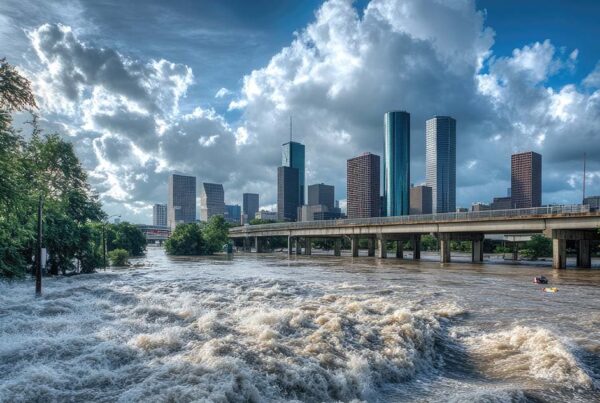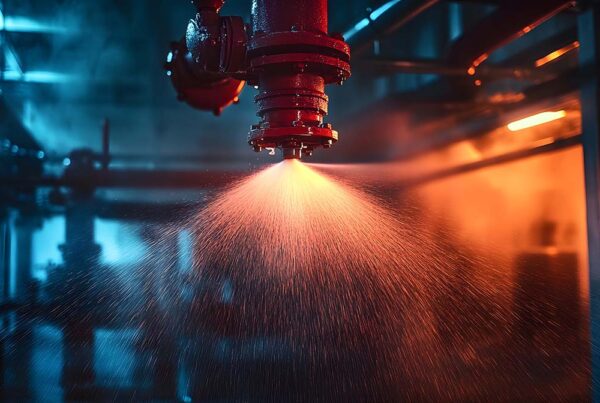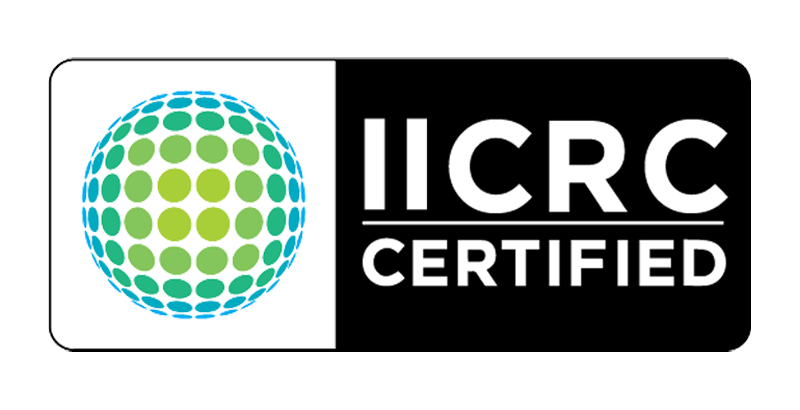The depiction of professional scenarios in media, such as restaurant management, often involves dramatizations and inaccuracies. The popular show “The Bear” showcases various aspects of the restaurant industry, including the challenges owners face daily. However, it also simplifies certain issues like mold remediation inspection. In Season 2, Episode 2, an unexpected mold problem arises, presenting an opportunity to explore what the show gets right and wrong about mold remediation.
Contents
Realities of Mold Remediation Inspection
In “The Bear,” the urgency and seriousness of mold contamination are accurately portrayed. The characters immediately halt operations and consult a professional, highlighting the necessity of prompt action. Realistically, this includes setting up containment barriers and using air scrubbers with HEPA filters to prevent cross-contamination. Proper personal protective equipment (PPE) for workers is also correctly emphasized.
Mold in food establishments poses significant health risks, including allergic reactions and respiratory issues. For individuals with compromised immune systems, these risks can be more severe. The show’s emphasis on the health implications of mold is a crucial aspect that aligns with real-world concerns.
Missteps in the Portrayal
Despite these accuracies, “The Bear” oversimplifies the remediation process. Mold remediation is complex and time-consuming, often requiring significant effort and causing disruptions. The show suggests that remediation can be swiftly managed, which is misleading. Prevention, such as regular inspections and immediate response to water leaks, is the first step in avoiding mold issues, a point the show overlooks.
In reality, mold is often secondary damage resulting from unaddressed water leaks. Routine inspections and prompt repairs of water-using equipment are essential. Upon discovering mold, contacting an industrial hygienist to sample and diagnose the growth is crucial. If remediation is required, a licensed mold contractor or an IICRC-certified firm should be engaged.
Correcting Misconceptions
To address potential misconceptions from shows like “The Bear,” it’s important to outline the typical steps involved in professional mold remediation:
1. Assessment and Sampling: A certified industrial hygienist (IH) takes samples to identify the mold and determine if remediation is necessary.
2. Protocol Design: The IH designs a mold remediation protocol, ideally independently from the mold contractor.
3. Certified Professionals: Engage a certified or licensed mold contractor to perform remediation as per the protocol.
4. Work Plan: The contractor develops a work plan outlining containment measures, decontamination procedures, and PPE requirements.
5. Clearance Testing: After remediation, the IH conducts clearance testing to ensure success.
6. Next Steps: Containments remain until mold levels are deemed normal by the IH.
7. Reconstruction and Repair: Rebuild the affected areas and ensure the water leak source is fully repaired.
By following these steps, businesses can effectively manage mold issues and maintain safe environments.
Conclusion
While “The Bear” highlights important issues like mold contamination, it’s essential to address inaccuracies and understand the complexities of mold remediation. Promoting public education and collaborating with media can enhance awareness of health concerns and create safer environments. For more detailed information on mold remediation inspection practices and expert advice, consider visiting the original article here.





